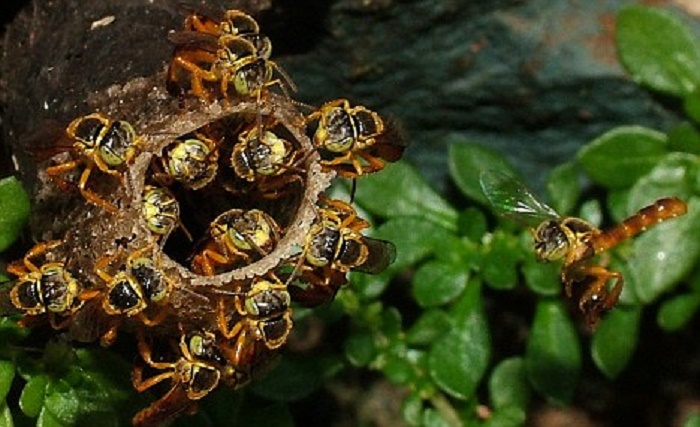She approaches one buzzing tree. There is a short wax tube extending from a hole in the trunk. Hovering around the opening are half a dozen small yellow-and-brown bees, the source of the gentle buzz.
Next, Segers reaches into a box she is carrying and takes out a tiny black lump. It is the crushed head of a robber bee (Lestrimelitta limao), freshly killed that morning.
She gingerly places the robber bee head on the tube opening, and watches as it slowly rolls down the tube into the tree.
In an instant, a cloud of the tiny yellow-and-brown bees bursts from the tube. "It was just six bees flying at the entrance… then suddenly there were two hundred," says Segers.
These are no ordinary bees, though. Colonies of Tetragonisca angustula, known locally as "Jatai bees", are particularly adept at seeing off enemies. That is because Jatai bees, uniquely, have developed a soldier caste.
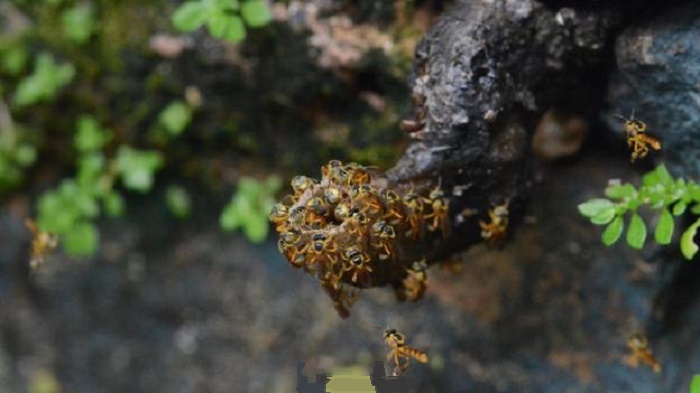
Christoph Grüter at the University of Mainz and his colleagues first announced in 2012 that Jatai bees have soldiers. Their suggestion stirred up quite a buzz.
Of course, we already know that a number of other social animals have evolved a soldier caste: ants, termites, and even some less socially-complex animals like aphids, snapping shrimps and flatworms.
Yet until Grüter and his colleagues made their announcement, nobody had found bee soldiers.
That fed a general assumption that bees cannot evolve such a class.
One reason why Jatai soldiers went unnoticed for so long is because of the diminutive size of this particular bee.
"It is very difficult to spot the size differences in Jatai bees because they are so small," says Martin Kaercher, who examined the defensive behaviours of Jatai guards for his PhD at the University of Sussex. "I had also not expected size differences in bees."
Kaercher was not alone. Over the years, many researchers have examined the 5mm-long Jatai bees up close, without noticing that certain individuals are subtly, but consistently, larger.
Size differences at such scale are almost impossible to spot; at least, without very good vision. Fortunately, Grüter`s colleague, Cristiano Menezes at the University of Sao Paulo has an eye for detail.
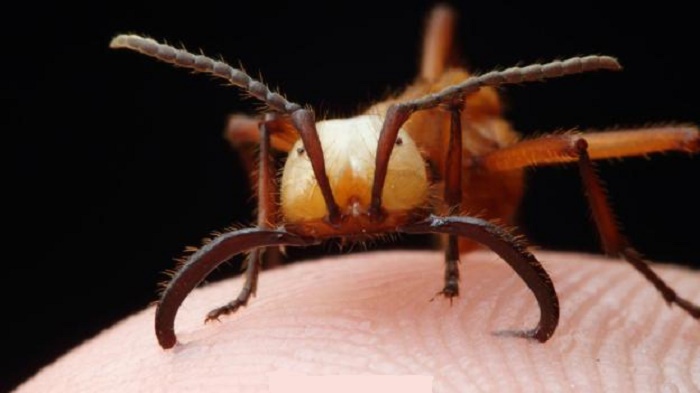
It is a surprisingly comprehensive system, which Grüter has described as "one of the most sophisticated defences among social bees".
"I`ve read that Jatai bees and robber bees overlap greatly in their distribution," says Grüter.
"If so, this would mean a long history of co-evolution and arms race between the bees."
Recently, however, Grüter and his colleagues reported that Jatai bee soldiers are quite unlike any other animal soldiers we know.
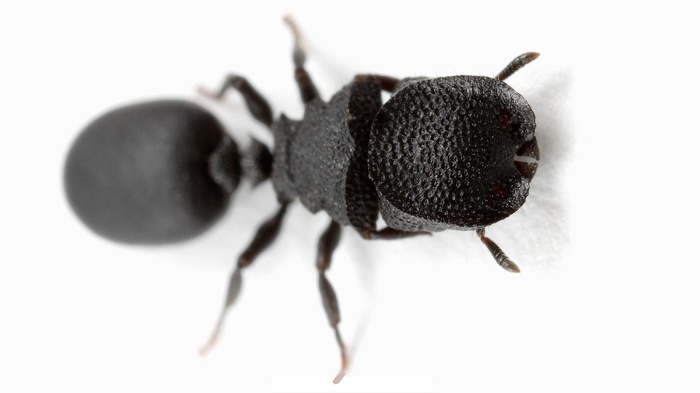
While ant or termite soldiers do little else but fight enemies, Jatai bee soldiers also partake in civilian duties. They build and clean the nest, nurse the larvae and dry the wax.
Even more surprising is that in the first half of their month-long lives, Jatai bee soldiers outwork the workers.
On average, each Jatai bee soldier performs ten different behaviours to the worker`s eight, and each soldier does between 30 and 40% more work than the workers. Most of this work involved nest maintenance.
"We do not know of any other case where soldiers show more diverse behaviours than workers," says Grüter.
"In ants, soldiers are specialists that work very little and have a relatively narrow set of behaviours.
"What we see in Jatai bee soldiers is counterintuitive. It goes against the theory of caste evolution that increasing specialisation leads to narrowing behaviour sets."
For now, Grüter and his colleagues can only speculate why Jatai bee soldiers are so versatile and hard-working.
Perhaps Jatai bees have evolved their specialised soldier caste far more recently than other social animals, so the soldiers have not yet evolved to focus all their efforts on fighting.
Or perhaps Jatai soldiers can work like workers do because they are not starkly different in size and shape.
The soldiers in colonies of army ants or leafcutter ants dwarf the worker ants like tigers to cats. Jatai soldiers, in contrast, stand next to Jatai workers like horses to donkeys.
"Maybe there are developmental limits that make it impossible for Jatai bees to evolve extreme soldier types," Grüter says.
Those limits might be set by the design of their nests.
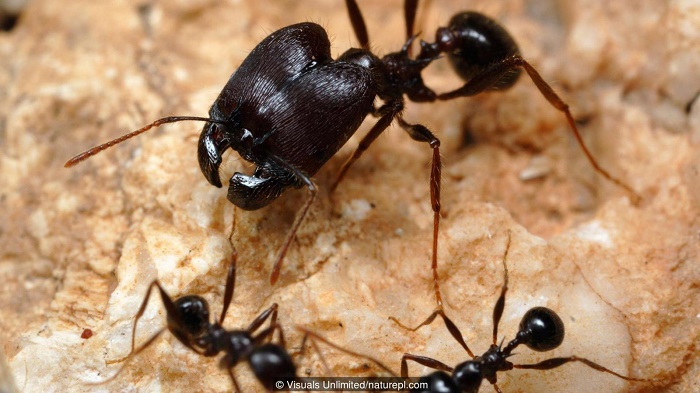
For a better sense of the value a Jatai colony places on its majors, we simply have to look at the way colonies respond to limited food and threats. In one experiment, Segers moved Jatai bee colonies into areas where competition for food was intense.
Five months later, the colonies had adapted by producing smaller soldiers – but minors remained the same size.
In areas where enemy robber bees are rare, meanwhile, Jatai bee colonies deploy fewer soldiers.
But when scientists jack up the threat for several weeks, or give the impression of a greater threat by rolling robber bee heads into the nest, Jatai bee colonies build up their army of soldiers.
In other words, it appears that Jatai bees can tune their production of majors and minors according to their needs. Majors – soldiers – are valued most when robber bees are lurking.
This makes sense to Paul Cunningham, an insect behavioural ecologist at the Queensland University of Technology in Brisbane, Australia, who has documented a four-month-long war between Australian stingless bees.
He thinks that enemies play a key role in shaping the evolution of a defence system.
"If your enemy are larger bees and you are more likely to overpower them with individual strength, then having strong soldiers is an advantage," says Cunningham.
"This is the case with Jatai bees against robber bees."








